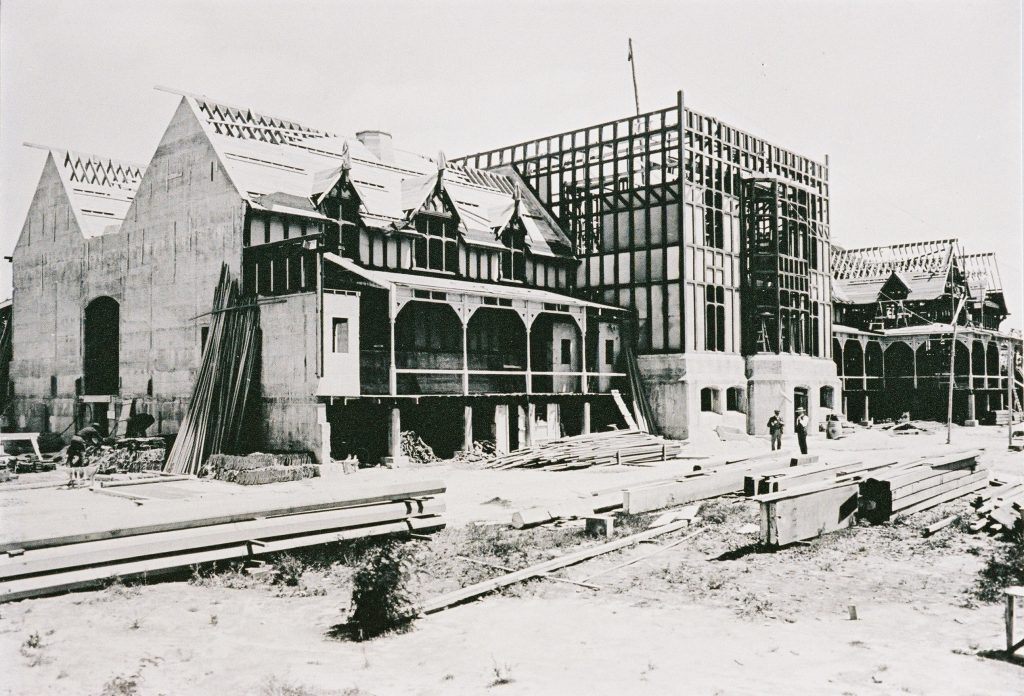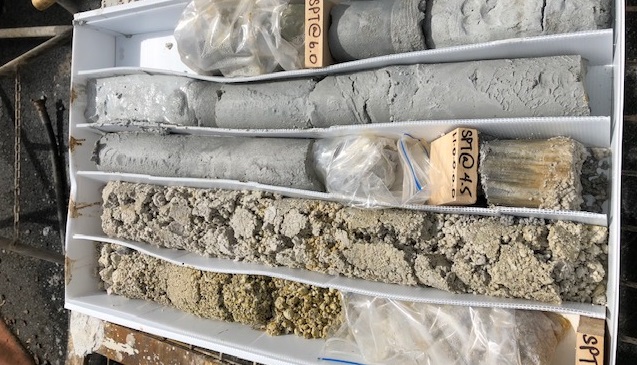ORIGINAL CONSTRUCTION
The original building was constructed in 1906 for use as a bathhouse, with half-timber exterior framing, mortise and tenon joints in-filled with pumice concrete panels and a lath and plaster internal overlay.

The original building comprises:
- A basement with unreinforced concrete columns which sit on shallow foundation pads
- Unreinforced concrete foundation walls
- A vaulted/arched unreinforced concrete ground floor
- Timber framed ground floor walls
- A trussed/rafter roof system with a heavy clay tile roof
- Unreinforced concrete walls up to 10.5m height are also located at the junctions between the differing building sections

